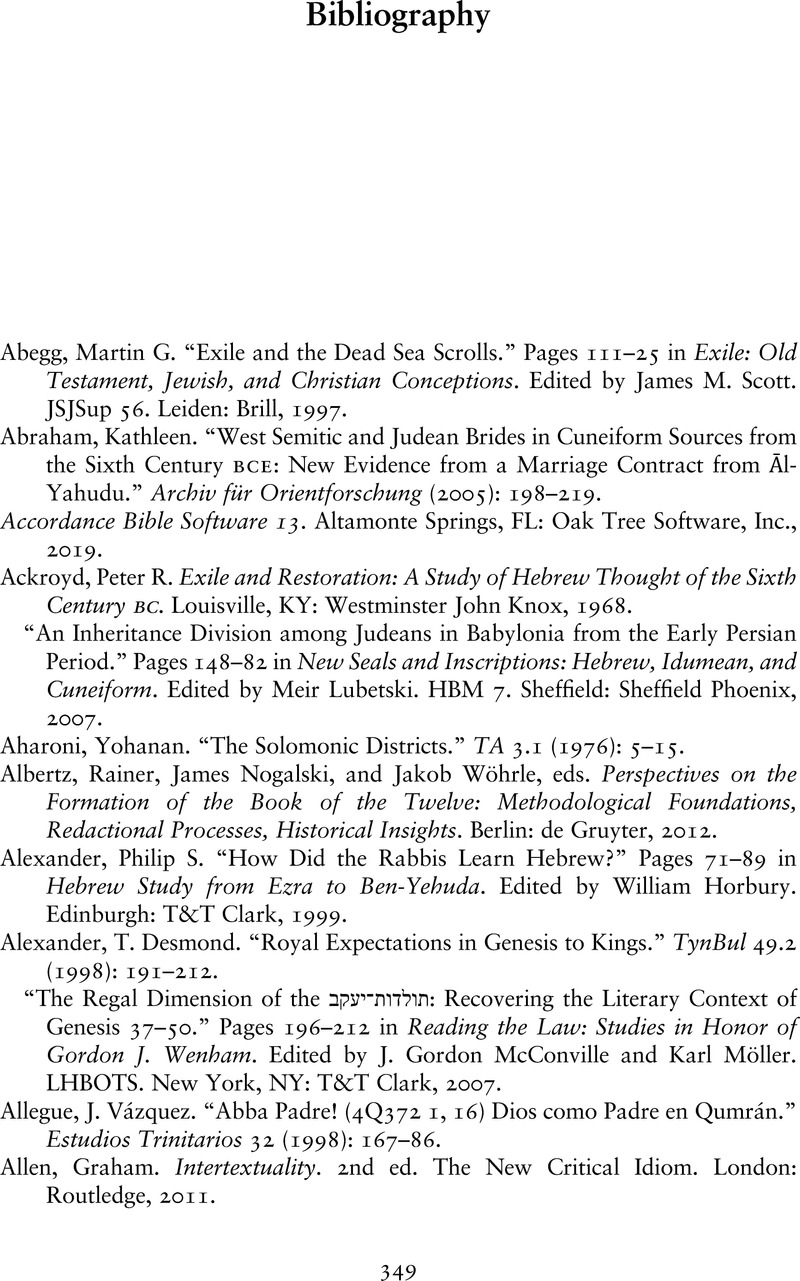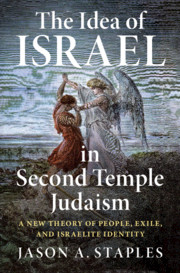Book contents
- The Idea of Israel in Second Temple Judaism
- The Idea of Israel in Second Temple Judaism
- Copyright page
- Dedication
- Contents
- Tables
- Preface
- Abbreviations
- Introduction
- Part I Israel’s Disputed Birthright
- Part II Restoration Eschatology and the Construction of Biblical Israel
- Part III Israel and Restoration Eschatology in the Diaspora
- Bibliography
- Index of Primary Sources
- General Index
- References
Bibliography
Published online by Cambridge University Press: 29 April 2021
- The Idea of Israel in Second Temple Judaism
- The Idea of Israel in Second Temple Judaism
- Copyright page
- Dedication
- Contents
- Tables
- Preface
- Abbreviations
- Introduction
- Part I Israel’s Disputed Birthright
- Part II Restoration Eschatology and the Construction of Biblical Israel
- Part III Israel and Restoration Eschatology in the Diaspora
- Bibliography
- Index of Primary Sources
- General Index
- References
Summary

- Type
- Chapter
- Information
- The Idea of Israel in Second Temple JudaismA New Theory of People, Exile, and Israelite Identity, pp. 349 - 405Publisher: Cambridge University PressPrint publication year: 2021

